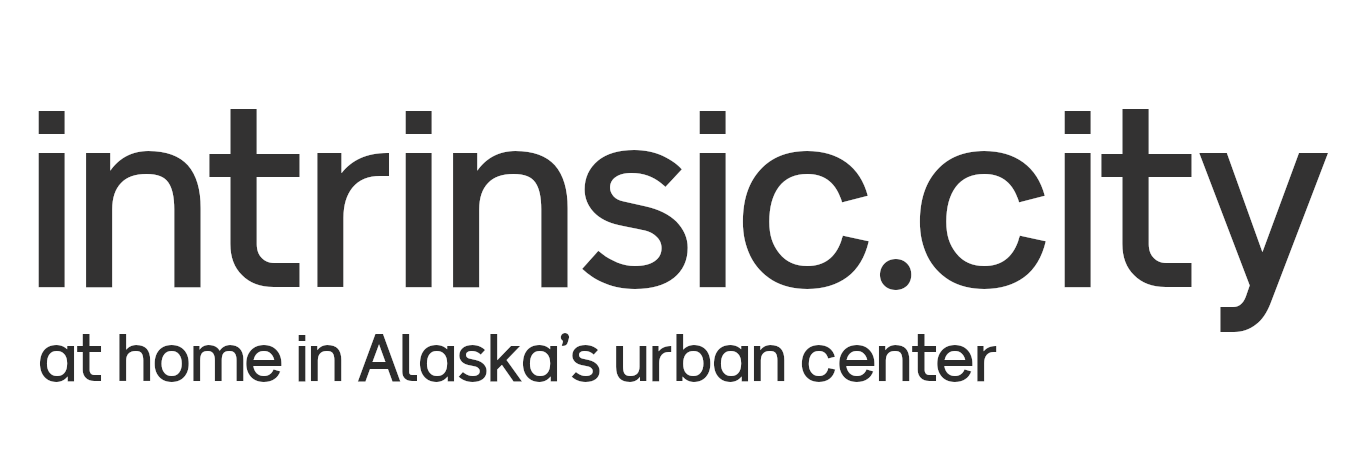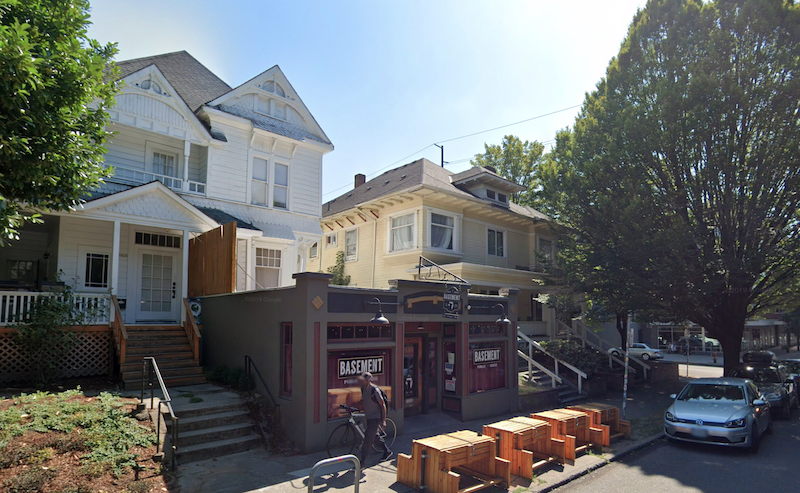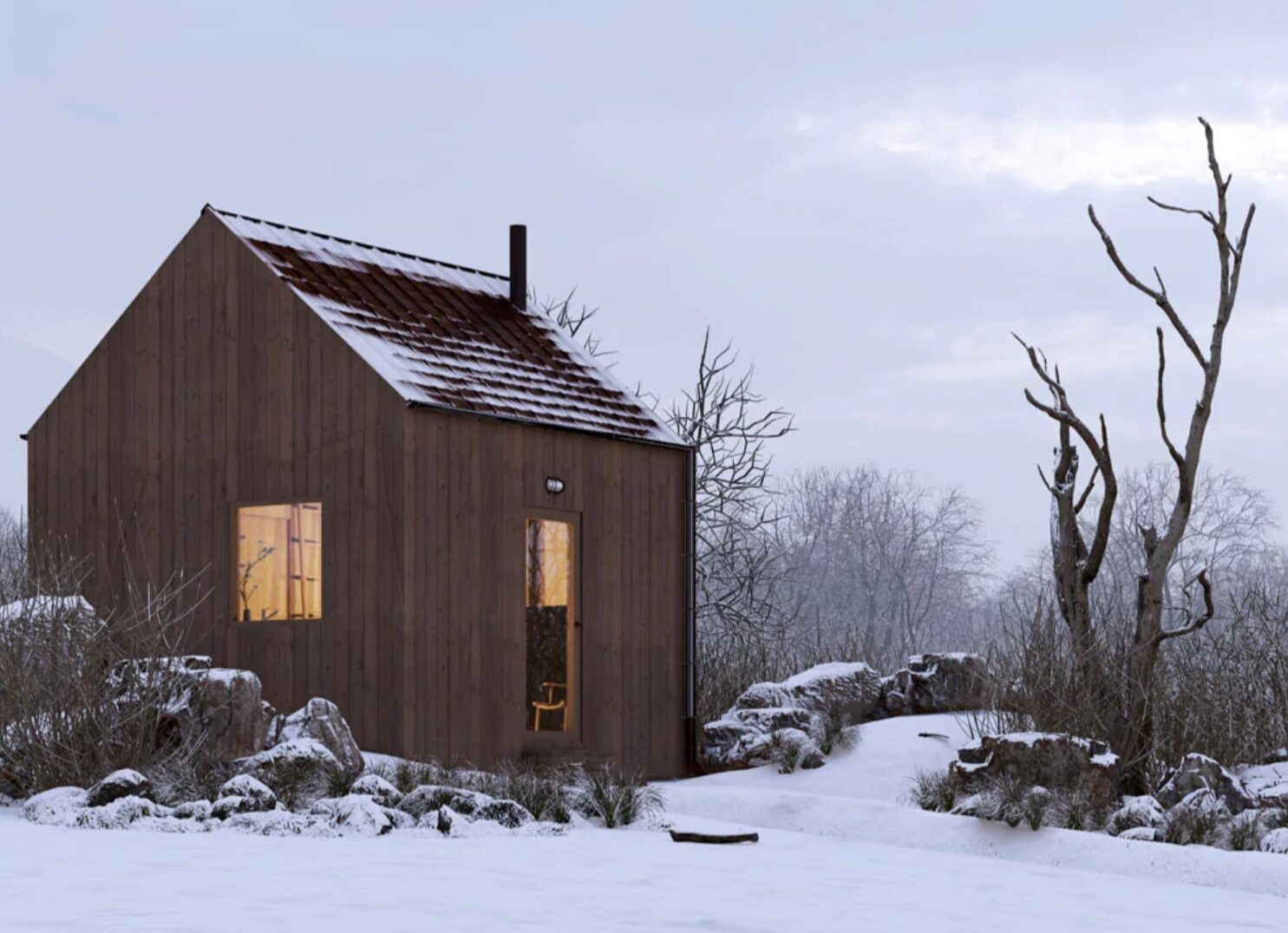Adding ACUs will grow living, walkable neighborhoods in Anchorage
Accessory Commercial Units will give start-up entrepreneurs a boost and breathe new life into old neighborhoods.
By now, you’ve probably heard some great things about Accessory Dwelling Units or ADUs; maybe you’ve read Sightline Institute’s recent report on ADUs in Anchorage. I think we can all agree that ADUs are a great way to add new housing to existing neighborhoods and give some relief from our current housing crunch but, what do you know about the Accessory Commercial Unit or ACU?
An Accessory Commercial Unit is similar to an ADU but for business purposes. It can be a separate structure, converted garage, or a segmented portion of the home.
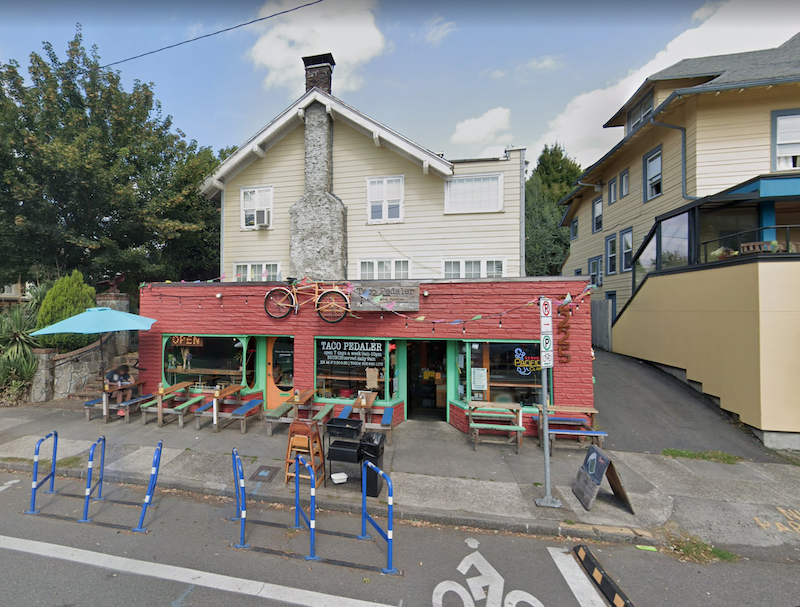
Something that people love about cities is the neighborhoods – That’s where the best-kept secrets are. The authentic restaurants, friendly, hole-in-the-wall bars, cozy cafes, and amazing bakeries are in the neighborhoods. The only problem is, we don’t really have any real neighborhoods.
Unlike cities that developed in the 19th or early 20th century, most of Anchorage’s neighborhoods were laid out in the post-war, golden age of the automobile. Our city grew in a siloed, auto-centric pattern with housing and business districts designed for commuting. You could consider the shops in the strip malls along the major thoroughfares that border neighborhoods as neighborhood businesses. Still, they don’t offer the same connection to the community and, if you think people in Anchorage don’t want businesses in the neighborhood, think again. We have a few examples of neighborhood businesses here that serve as proof of concept: Fire Island Bakery (South Addition and Airport Heights) and Fiori D’Italia. Even though they’re not examples of ACUs, they’re a fine example of the value of neighborhood businesses; ask anyone who lives near them.
A recent article by Neil Heller on his blog, Neighborhood Workshop, made a solid case for the value of ACUs in Portland, citing several examples of successful small businesses occupying little buildings in front of, or attached to houses in residential neighborhoods. Heller describes ACUs as Neighborhood-friendly local businesses include bike shops, tailors, barbershops, tattoo parlors, or insurance offices. An ACU is basically one step up from a home-based business that had its start in a spare bedroom or garage.”
ACUs offer homeowners a source of revenue and an alternative to being residential landlords with an ADU. If the homeowners themselves are entrepreneurs, it lowers the bar to having a brick-and-mortar establishment of their own
Before I trigger some NIMBY outrage, I’m not suggesting zoning be changed city-wide. Nobody is going to open a bar in the front yard of their house in Southport or the lower hillside; this is for established neighborhoods, zoned for density (and some R-1 that should be upgraded). ACUs would be a great way to transform neighborhoods like Government Hill, Fairview, South Addition, Mountain View, and Airport Heights into living, walkable neighborhoods with identity and local flair
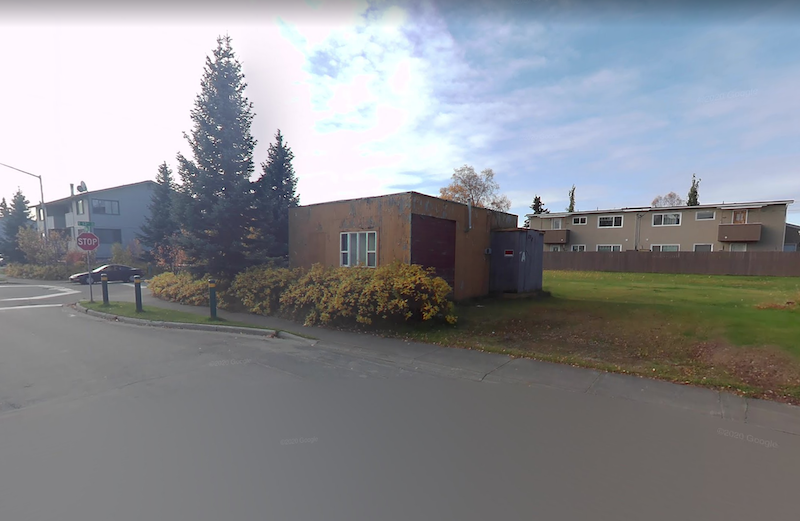
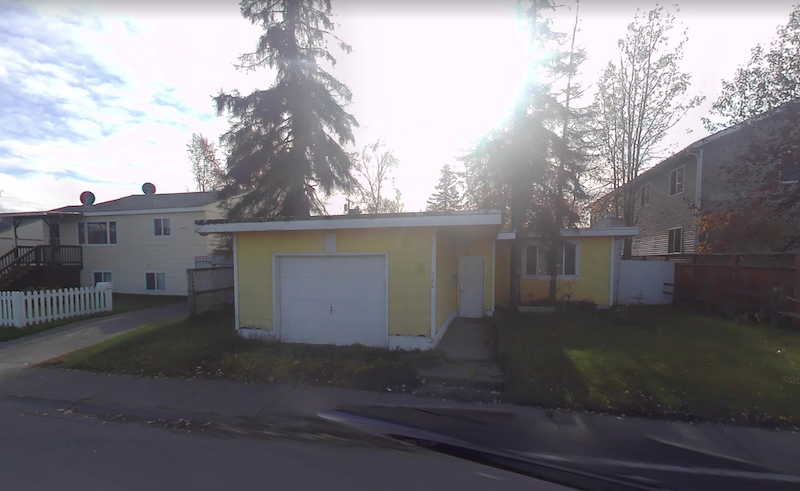
What do we need to do to permit ACUs?
Zoning Changes:
Several modifications to Title 21 (Anchorage’s Municipal Code) will need to be requested to allow ACUs. First, existing R3 and R4 zones will need to be upgraded to R-3A, or a modified form of R4 with a commercial allowance. R-3A is defined as follows:
Purpose
The R-3A district is a medium density, mixed-use multi-family district with gross densities between 12 and 30 dwelling units per gross acre. The R-3A district is primarily residential,but allows a variety of compatible commercial, retail, services, or office uses, as identified in Table 21.05-1. To maintain and provide desired housing densities with the addition of other uses, the R-3A district allows greater building heights and greater lot coverage than the R-3 district, based on site-specific criteria, while maintaining a residential living environment with common open space, landscaping, and other features that benefit residents and the community. The R-3A district is typically located near designated city, regional, and town centers. The commercial aspects of this mixed-use district are intended to serve local neighborhood needs and promote pedestrian access to support local shopping.
While the R-3A designation exists in the municipal code, you’d be hard-pressed to find any zoned properties in Anchorage. Huge swaths of the neighborhoods suited for ACUs are zoned R-3 but need to be upgraded to R-3A.
Maximum lot coverage means that no more than 50% of the lot can be covered by structures. We should eliminate this since most properties already occupy 50% of the lot. This ordinance would make very few properties eligible to have an ACU.
Lot setbacks should be tossed out. A 10ft setback in the front shouldn’t be mandatory; eating establishments may wish to use this space for walkups and tables, but on the downside, it has the potential to become an impromptu parking space. A 20ft setback in the rear is excessive, to say the least, and only serves as a barrier to ACU/ADU opportunities.
Parking minimums are also prohibitive. For example, a small office ACU would require 1 off-street parking space per 350 SF in office space, and restaurants require 1 space per 100 SF of dining space. Do we really need these parking spaces for neighborhood businesses designed to be walkable? Or, are we just clinging to the notion that people should be driving everywhere?
If you’d like to see some ACUs in your neighborhood, the best way to get started is to share this article and discuss it with your friends and neighbors.
Featured image: The Basement Public House, Portland Oregon. Google Maps
